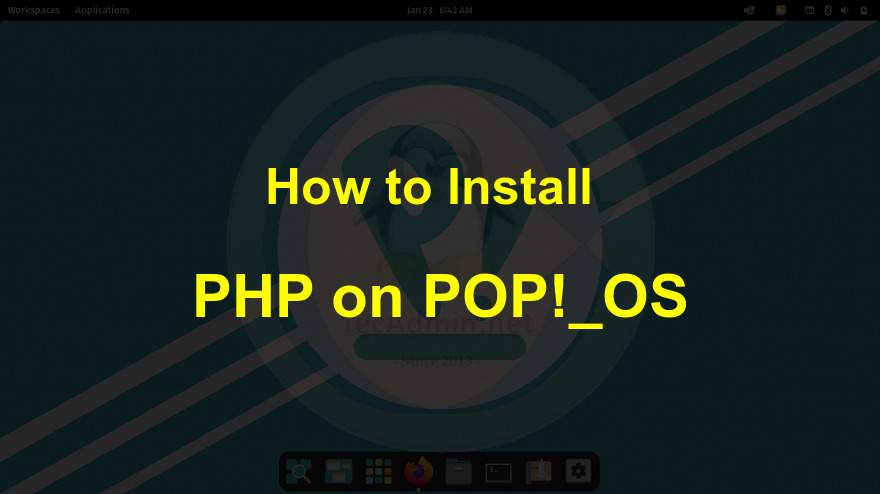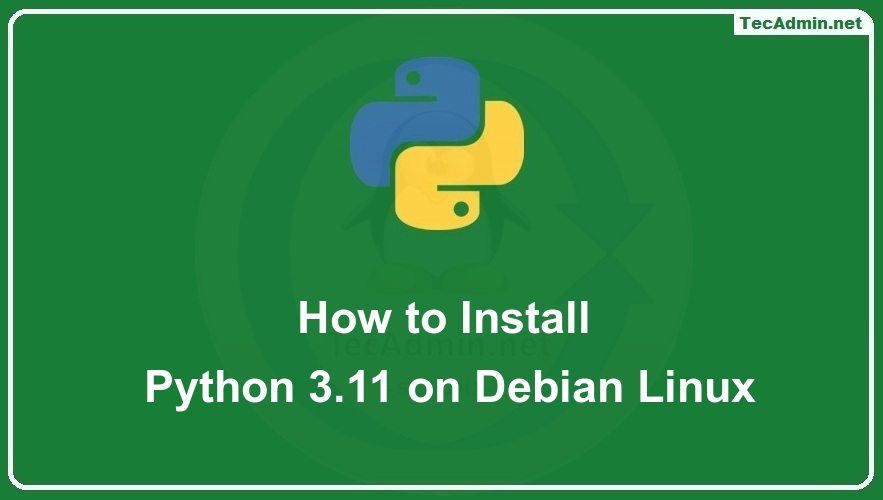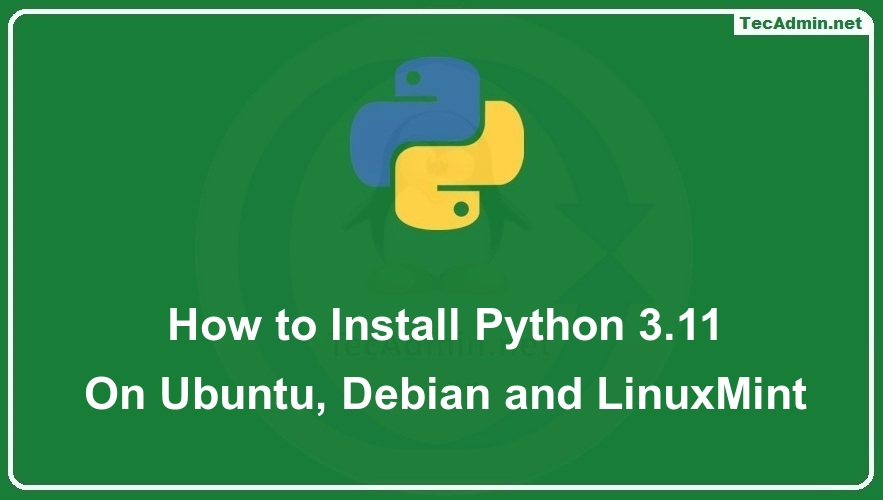The ./configure command is a common way to configure and prepare software source code for compilation on Linux systems. This command is typically run before the make command, which actually compiles the software. Understanding the options available with the ./configure command can give you more control over the compilation process and help you customize the build to your specific needs. When you run the ./configure script, it performs several tasks to prepare the source code for compilation. Some of the main tasks it performs include: Checking for Dependencies: The script checks if the required dependencies, such as libraries and tools,…
Author: Rahul
If you want to develop web applications using PHP on Pop!_OS, you may need to install multiple versions of PHP for testing or compatibility purposes. One way to install multiple versions of PHP on Pop!_OS is to use a Personal Package Archive (PPA). At the day of writing this tutorial PHP 8.2 is the latest version available. In this article, we will discuss the steps for installing PHP 8.2, PHP 8.1 or PHP 8.0 versions on Pop!_OS using a PPA. Steps to Install PHP on Pop!_OS To install PHP on Pop!_OS using a Personal Package Archive (PPA), you can follow…
Python, a versatile and popular programming language, is constantly evolving. The release of Python 3.11 brings new features and optimizations. For Debian users, installing the latest Python version from source allows you to enjoy the latest features and improvements. This guide will walk you through the process of installing Python 3.11 on Debian Versions 10, 11, and 12. Step by Step Instructions to Create Python Virtual Environment Prerequisites Log in to your Debian system with a sudo privileged account. Then open a terminal (CTRL+ALT+T) and execute the below commands to update packages. sudo apt update && sudo apt upgrade Then…
Python 3.11 is the latest stable version at the time of writing of tutorial. Which comes with multiple new features and security upgrades. This version comes with improved error messages for common mistakes in type hints. A new syntax for variable annotations, to make it more clear when a variable is intended to be used for type hints versus other purposes. Improved the support for type checking and type inference in the standard library and third-party libraries. In this tutorial, we will help you to install Python 3.11 on Ubuntu, Debian, and Linux Mint operating systems using PPA as well…
Apache’s mod_proxy module allows you to forward requests to another server using the ProxyPass and ProxyPassReverse directives. However, in some cases, you may want to exclude certain URLs from being proxied. In this tutorial, I will show you how to exclude an URL from ProxyPass in Apache. The first step is to identify the URL that you want to exclude from being proxied. For this tutorial, let’s assume that we want to exclude the URL “/static” from being proxied. Exclude URL in Apache ProxyPass Apache proxy sends the requests to backend listeners. In some cases, you may need to execute…
Have you ever heard of the Linux Screen Command? It’s an incredibly powerful tool that allows you to take control of multiple programs in a single terminal window. With the Linux Screen Command, you can easily manage multiple programs, even if they’re running in different directories. You can even switch between programs without having to close or restart them. It’s an incredibly efficient way to work in Linux. The Screen Command is incredibly easy to use. All you have to do is type in the screen command to open a new window, and then from there you can run any…
A reverse proxy is a type of server that sits between a client and a server, acting as an intermediary between the two. It accepts the requests from clients, forwards those requests to the appropriate server, and then returns the server’s response to the client. Reverse proxies are often used to improve the performance and security of web servers, and to allow multiple servers to appear as a single server to clients. For example, a reverse proxy can be used to distribute incoming requests to multiple servers, to cache static content to improve performance or to encrypt and decrypt traffic…
Managing dependencies is an essential part of any software development project, and Composer is a popular tool that simplifies the process of managing dependencies in PHP. This guide will provide a deep dive into how to use Composer to manage dependencies in a PHP project. Installing Composer First, you will need to install Composer on your system. This can typically be done by downloading the Composer installer from the official website (https://getcomposer.org/download/) or simply running the following commands on your system. php -r “copy(‘https://getcomposer.org/installer’, ‘composer-setup.php’);” php composer-setup.php –install-dir=/usr/local/bin –filename=composer Once installed, you can run the composer command in your terminal.…
CodeIgniter is a popular PHP framework for web development that provides a simple and elegant toolkit for creating dynamic web applications. This guide will provide a step-by-step introduction to how to set up CodeIgniter on Ubuntu and other Debian-based systems. Step 1: Install Apache & PHP First, you will need to install the Apache web server and PHP. This can typically be done by running the following commands: sudo apt update sudo apt install apache2 php libapache2-mod-php Step 2 – Create CodeIgniter Starter Application Next, you can download the latest version of the CodeIgniter starter application framework files from the…
CodeIgniter is a widely used PHP framework that is helpful for developers to create robust web applications. One of the challenges that developers face while working with CodeIgniter is removing the index.php file from the URL. If you have deployed the CodeIgniter web application with the Apache web server, there is a quick and easy way to handle this. This can be done by creating the .htaccess file, which is a configuration file that allows developers to control the behavior of the Apache web server. In this article, we will explain how to remove the index.php file from the URL…



